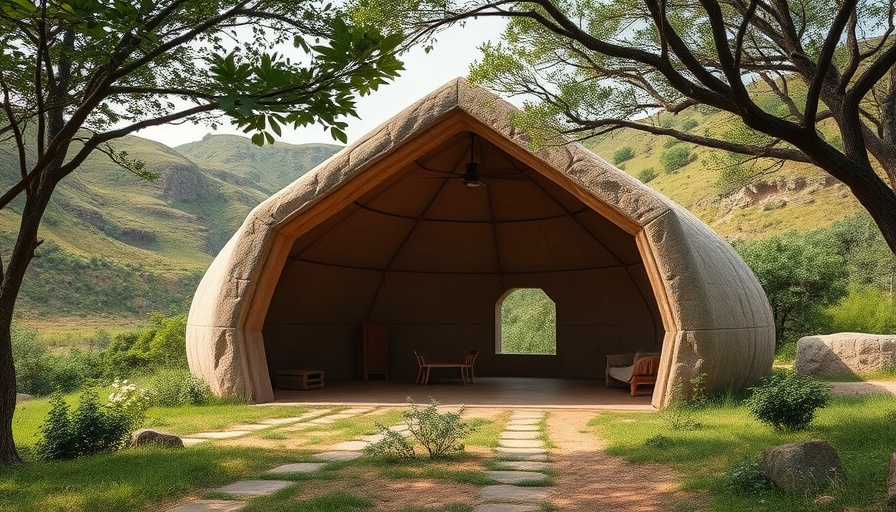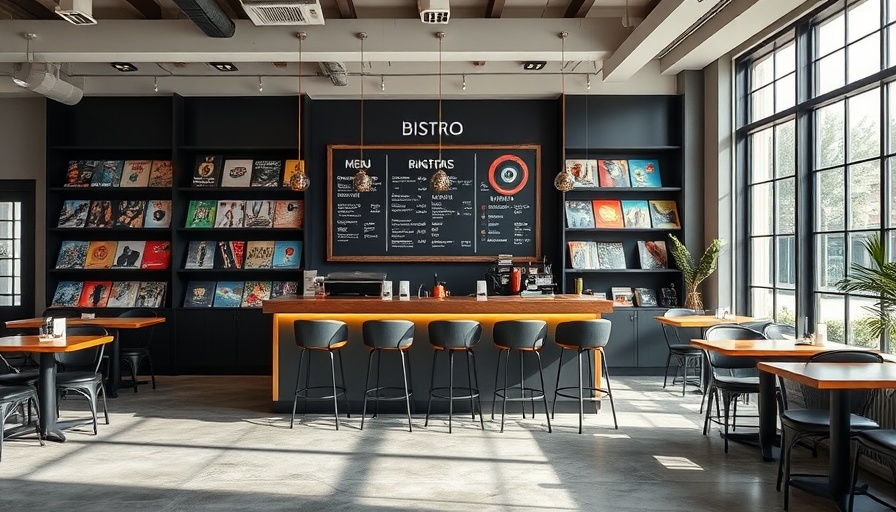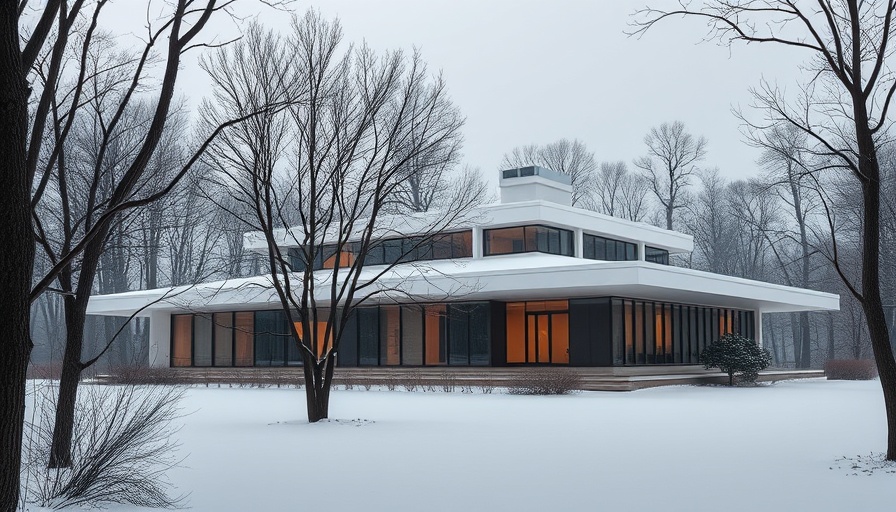
A Unique Space for Creativity: The Immersive Pavilion
The Architectural Institute Paris has unveiled a striking new immersive sensory pavilion that highlights the innovative thinking of its student architects. This project was part of their annual showcase, celebrating creativity and experimentation. The pavilion serves not only as a piece of art but as a response to the modern need for comfortable and engaging spaces—a notion especially relevant to digital nomads looking for inspiration and efficiency in their remote work setups.
Why an Immersive Sensory Environment Matters
As the world increasingly shifts towards remote work, creating environments that stimulate creativity and focus has become essential. The sensory pavilion embraces a variety of textures, colors, and sounds, designed to evoke emotional connections and boost cognitive functioning. For digital nomads, understanding how such sensory factors impact workspace comfort and productivity can lead to better personal workspace design.
The Role of Ergonomics in Innovative Spaces
Ergonomics is about enhancing comfort, health, and efficiency in the workspace. The pavilion’s design reflects key ergonomic principles, such as flexibility and adaptability, providing spaces where users can engage freely and creatively. Implementing ergonomics into remote work settings can lead to not only a healthier lifestyle but also increased productivity—a critical goal for those working outside traditional office environments.
Creating Your Own Immersive Workspace
For those interested in bringing similar elements into their own remote workspaces, consider the following actionable insights:
- Incorporate Natural Elements: Use plants or images of nature to create a calming environment. These can boost mood and productivity.
- Experiment with Colors: Choose colors that evoke certain feelings. For creative work, warm colors like oranges and reds can energize, while blues and greens can promote calmness.
- Include Sensory Stimuli: Incorporate elements that engage multiple senses, such as soft lighting, music, or even scents, to enhance focus and creativity.
This Pavilion as a Teaching Tool
The pavilion is more than an exhibition piece; it serves as a critical learning tool for both students and remote workers. By studying its design, digital nomads can gain insights into how to create spaces that foster both wellness and productivity. The immersive experience encourages individuals to consider how their surroundings influence their work performance and well-being.
Encouraging Collaboration Through Design
The institution's emphasis on collaborative design is crucial. Spaces that allow for flexibility and interaction can lead to spontaneous collaboration and idea sharing. This mirrors the collaborative nature of remote work communities, where digital nomads often thrive in networking and sharing ideas across platforms. Understanding this can help in setting up personal environments that are conducive to building connections, even from a distance.
The Future of Workspaces
As we step into a future where hybrid work models become the norm, such immersive environments will be at the forefront. The Architectural Institute's pavilion shines a light on how blending art with functionality can redefine our concept of the workspace. Digital nomads might find that embracing these innovative principles can lead to a more fulfilling work-life balance.
Conclusion: Redefining Remote Work Environments
Ultimately, the immersive sensory pavilion serves as an inspiration, pushing the boundaries of what we consider a productive workspace. As digital nomads, the challenge lies in translating these principles into our own environments, ensuring we foster creativity, comfort, and efficiency wherever we work. By embracing ergonomics and immersive design, we can transform our workspaces into havens of productivity.
 Add Row
Add Row  Add
Add 




Write A Comment